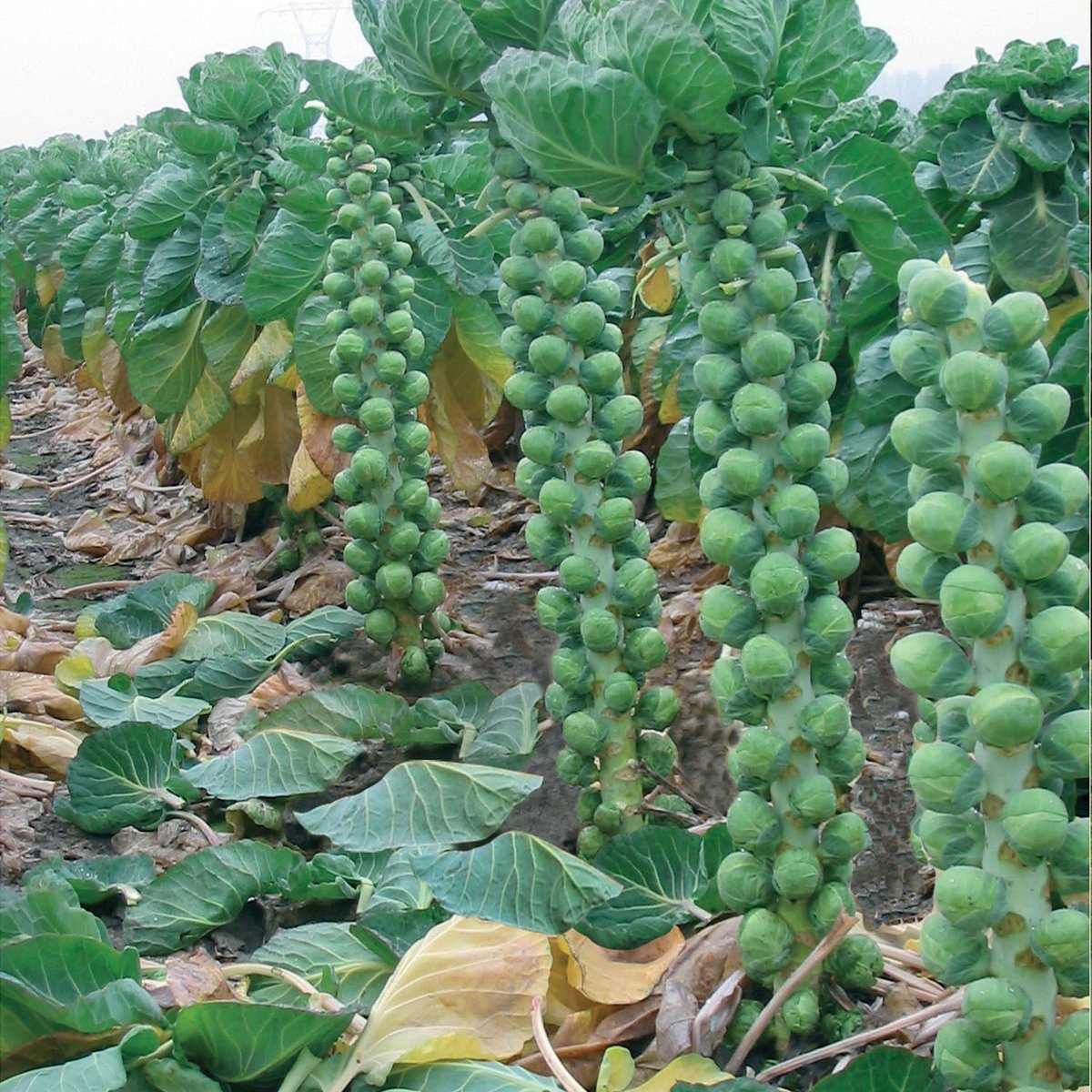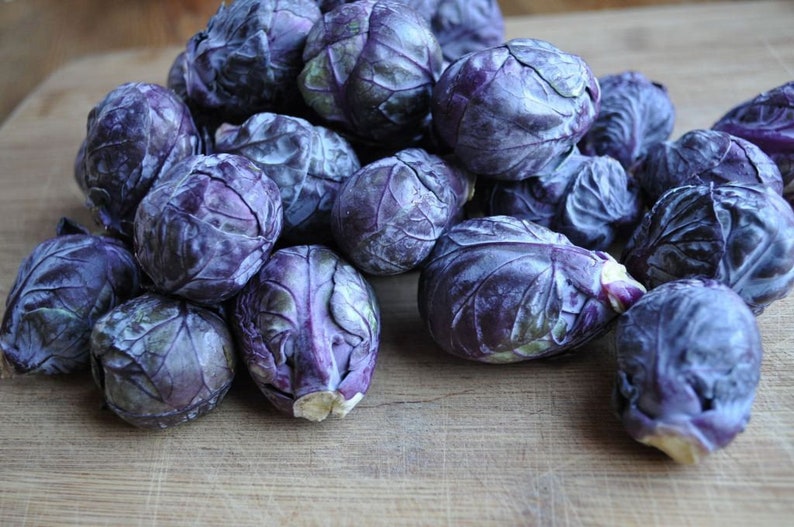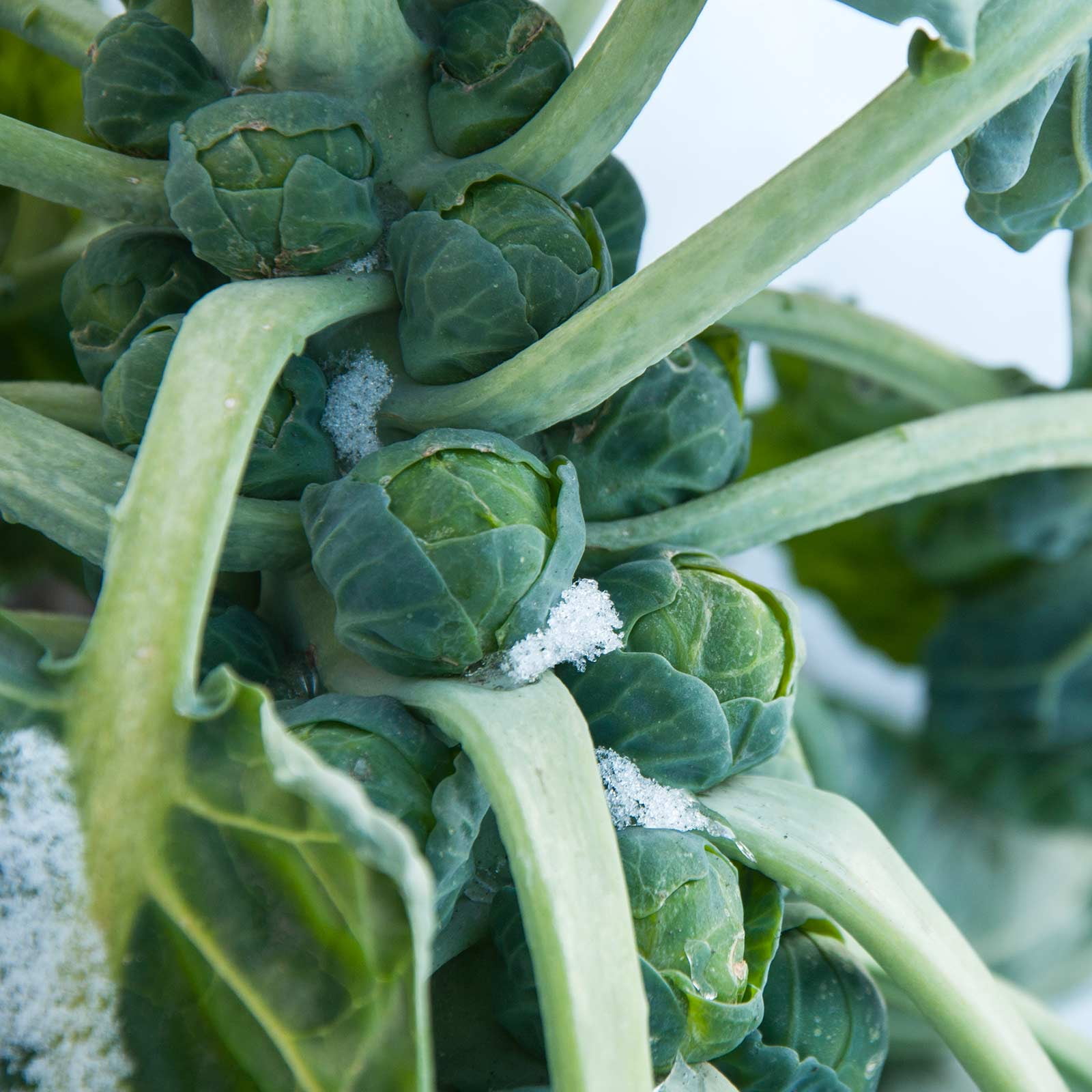

Water thoroughly after planting to encourage good growth, then mulch to keep the ground cool and moist. Don't let seedlings sit around for long, dry out, or get stunted in their pack. If planted in rows, space rows 30 inches apart to give yourself enough room to walk. Brussels sprouts get large, so they need to be about 18 to 24 inches apart in a row or bed. Set the young plants at the spacing noted on the label. Also, do not apply unless your plants have shown the deficiency symptoms we just mentioned.įor your best chance at garden success, skip the seeds and start instead with strong, vigorous Bonnie Plants®. DO NOT be tempted to mix more because too much causes problems. If your plants have shown these symptoms, you can add boron to the soil by dissolving 1 level tablespoon of borax (such as 20 Mule Team from the grocery shelf) in 5 quarts of water and sprinkling it evenly over 50 square feet of bed. Boron is a plant nutrient used in minute quantities by all plants without it, Brussels sprouts develop hollow stems and small buds. Be sure to follow all label directions.īrussels sprouts also need more boron than most other vegetables. Growing plants need a steady supply of high-quality nutrition, too, so feed them regularly with a continuous-release fertilizer such as Miracle-Gro® Performance Organics® Edibles Plant Nutrition Granules, which feeds the beneficial microbes in the soil in addition to nourishing your plants. For best results in your garden, though, don't stop at the soil. In the absence of a soil test, incorporate plenty of nitrogen-rich amendments (like blood meal, cottonseed meal, or composted manure) in the soil, or mix in aged compost-enriched Miracle-Gro® Performance Organics®All Purpose In-Ground Soil All Purpose In-Ground Soil to add nutrition and improve the texture of your native soil. Apply fertilizer and lime using the results of the soil test as a guide. You can buy a test kit at a well-stocked garden center, or have a soil test done through your regional Cooperative Extension office. To be sure about pH, get the soil tested.

The soil pH should be on the high side of the range for vegetables, about 6.8, for optimum growth and to discourage clubroot disease. They like fertile, well-drained, moist soils with plenty of organic matter. Like most vegetables, Brussels sprouts need a minimum of 6 hours of sunlight daily more is better. They should be 1 to 2 inches in diameter. Harvest when heads are firm and green.Lay down a 3-inch layer of mulch to retain soil moisture and prevent weeds.Encourage an abundant harvest by feeding Brussels sprouts regularly with a continuous-release plant food.Check soil moisture regularly and give plants 1 to 1.5 inches of water weekly.Before planting, improve native soil by mixing in several inches of compost or other rich organic matter.


Spring planting is also fine in cooler climates. The small heads mature best in cool and even in light frosty weather. A slow-growing, long-bearing crop, Brussels sprouts should be planted in early spring, or mid- to late summer for a crop that matures in the fall. The ideal climate is the "fog belt" of the Pacific Northwest, but they will grow in just about any part of the country. Growing Brussels sprouts requires cool weather.


 0 kommentar(er)
0 kommentar(er)
